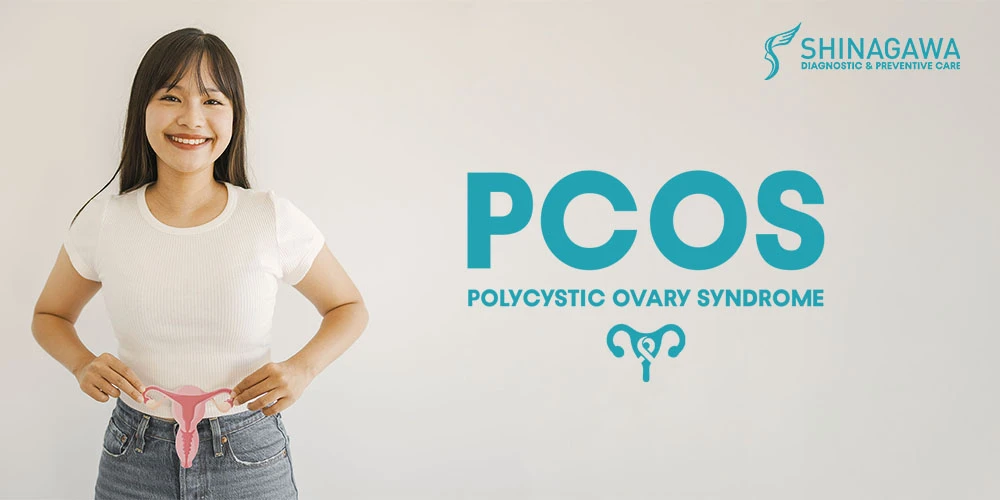When we hear “Polycystic Ovary Syndrome” or PCOS, we often assume it’s because of the cysts found in the ovaries — but that is actually a common misconception.
Debunking this myth is important in grasping what the condition truly is, how it impacts our body, and what steps can be taken to manage it effectively.
The difference between Cysts and Follicles
The term “polycystic” means “many cysts,” but despite its name, PCOS doesn’t actually involve true ovarian cysts. Instead, the small fluid-filled sacs found in the ovaries of PCOS patients are follicles. These are structures that house immature eggs.
In a typical menstrual cycle, some follicles grow, with usually only one maturing enough to release an egg during ovulation. However, in PCOS, this process is disrupted. The follicles stop developing, staying small and clustered in the ovary, creating the “string of pearls” appearance often seen on ultrasound.
While these follicles are a hallmark of PCOS, they aren’t the cause of the condition.

So, What Causes PCOS?
The real culprits behind PCOS are hormonal imbalances, insulin resistance, and genetics.
One key factor is excess androgens (male hormones), which interfere with normal follicle growth and ovulation. When ovulation doesn’t happen regularly, menstrual cycles become irregular, and multiple follicles remain in the ovaries.
Symptoms Commonly Associated with PCOS
PCOS presents a range of symptoms, which can vary from person to person. Common signs include:
- Irregular periods or absent menstrual cycles
- Excess facial or body hair
- Acne on the face, chest, and upper back
- Weight gain or difficulty losing weight
- Thinning hair or hair loss on the scalp
A transvaginal ultrasound is one of the most effective tools in identifying the multiple small follicles associated with PCOS. During the procedure, a thin ultrasound probe is gently inserted into the vagina to provide detailed imaging of the ovaries. This allows healthcare providers to
- Assess the size and structure of the ovaries
- Identify the distinctive pattern of small follicles seen in PCOS
- Rule out other conditions that may present similar symptoms
Take a close look with Shinagawa Diagnostic

While a transvaginal ultrasound plays a vital role in diagnosing PCOS, it’s important to note that this procedure alone isn’t enough to confirm the condition.
At Shinagawa Diagnostic & Preventive Care, we’ve designed a specialized Women’s Prime Executive Checkup to help detect early signs of PCOS and other diseases more accurately.
Aside from an ultrasound, this comprehensive package also includes a full health checkup featuring physical and blood exams, an OB-GYN consultation, and personalized Nutrition & Dietetics Counseling.
Book an appointment now

Inquire

Book


